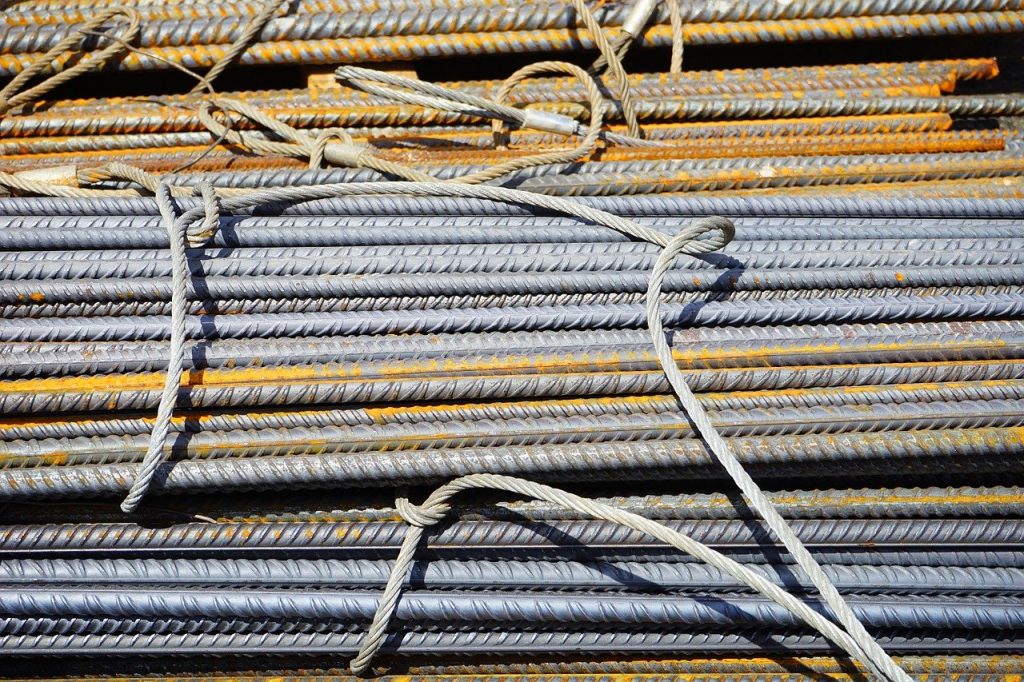
Steel is required in almost all construction buildings ranging from residential to commercial. Even steel structure buildings have started to gain more followers among construction professionals and clients likewise. Since steel has become such an integral part of our construction planning process, its imperative to learn the types of steel. Steel can be classified into TMT and TMX. TMT bars are then again classified into Primary and Secondary, which are again divided into grades like Fe 415, Fe500, Fe500D, Fe550, Fe550D.
Here we will explain the difference between Primary and Secondary TMT bars.
Primary steel
Primary steel is obtained from a steelmaking process known as the Basic Oxygen Furnace method (BOF). In this method, the iron ore is changed into iron billets used to produce the steel bars.
Secondary steel
Secondary steelmaking is usually performed in an electric arc furnace. The main raw material used to produce the bars is scrap steel. Thus giving it the name secondary steel.
Raw material
Secondary steel uses remelted scrap which is cast into ingots. The less refined process can produce impure secondary steel with the presence of detrimental elements that makes the bars highly risky and unsafe to use.
Primary steel contains fewer impurities compared to secondary steel even though the strength of both the steel bars can be the same. Primary steel is mainly manufactured from integrated steel plants.
Process technology
Secondary bars are usually re-rolled in a locally made rolling mill. Thus giving it inconsistent properties
Primary bars are made from world-class technology on a high-speed fully automated mill with horizontal and vertical stands.
Rib pattern
The ribs in secondary steel are done using the local rib cutting process done by hand tools. In turn, giving it an inconsistent rib area which leads to poor bonding with the concrete.
In primary steel, there are uniform ribs with deeper grooves made on CNC Machine. Thus giving it maximum rib area, providing a strong and long-lasting bond with concrete, creating stronger structures.
Costlier
Primary steel is costlier compared to the two, due to the use of iron ore directly. Therefore the percentage of quality steel produced is more in primary compared to secondary. Product quality and cost of production is also much higher in primary steel
Conclusion – TMT bars
Both primary and secondary TMT bars contain a low percentage of Sulphur and Phosphorous and are highly acceptable for all types of construction. It helps in preserving the steel and resisting earthquake shocks in the future. Primary Steel TMT bars are highly ductile, fire-resistant, and increase the weldability compared to secondary steel.
Due to the innovations in the steel making process, there have been improvements in the way branded secondary steels are manufactured. For residential homes primary steels are preferred but if you have good options available in branded secondary steel. It will save you some costs.
For commercials moreover, high rise buildings, its always good to go with primary steel, or use grades such as Fe500D and Fe550D, whereas the “D” stands for ductility it gives the steel bars a higher percentage of elongation.